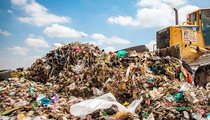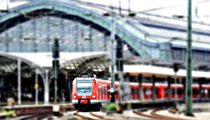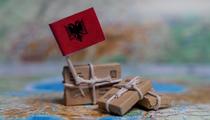Italy "abandons" Albania month after month/ We record the largest decline in trade exchanges in eight months
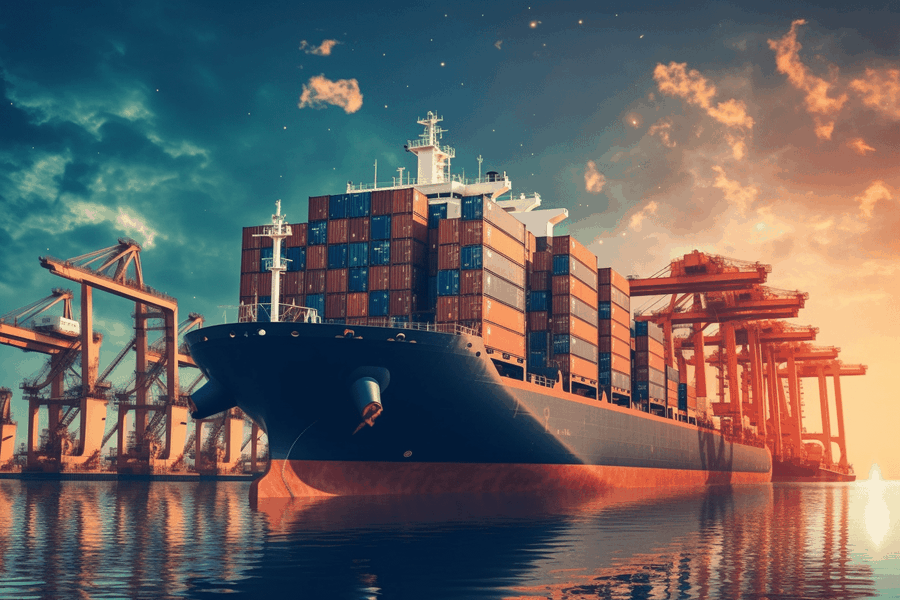
In August 2025, Albanian exports followed the positive trend of the previous two months, reaching 25 billion lek, increasing by 12.9% compared to the same period a year earlier, but decreasing by 27.9% compared to July of the same year. This increase was mainly supported by the “Minerals, fuels and electricity” groups, which contributed positively with 18.9 percentage points to the increase, as well as by food product exports. However, a negative impact on the total was had by the “Construction materials and metals” group, which subtracted 6.7 percentage points from exports. In this eight-month period, exports of goods reached 264 billion lek, increasing by 3.5%.
Imports for August amounted to 67 billion lek, decreasing by 2.7% compared to a year earlier and by 19.6% compared to July 2025. This annual decrease was mainly influenced by the contraction of imports of “machinery and spare parts” as well as “construction materials and metals”. In contrast, imports of food products, chemicals and minerals and fuels increased, mainly influenced by the increase in demand due to tourism. As an eight-month period, imports decreased by 2.1% compared to the first eight months of 2024
Overall, the trade deficit for the eight months narrowed by over 6%, reflecting more savings in imported goods than a significant increase in those sold abroad. However, it remains high in value at 318 billion lekë, which shows that Albania continues to be a country that imports much more than it exports.
In the breakdown by country, the strongest growth in exports in May was recorded towards Kosovo with 94.6%, Greece and Spain, while exports to Italy and Germany contracted.
Regarding imports, in addition to the increase from China by 18.3%, there was also an increase from Greece and Kosovo, while Italy, Turkey and Germany recorded a decrease.
Even during the eight-month period, Italy is noted for the largest decline in both exports and imports.
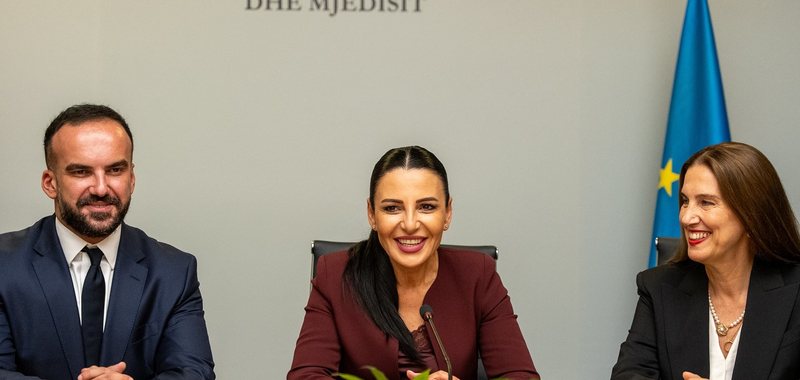
Ministers of Education, Agriculture and Environment are introduced/ Balluku: New governing mandate, major objective Albania in the EU
Deputy Prime Minister Belinda Balluku, also Minister of Infrastructure and Energy, introduced the new Ministers of Education, Agriculture and Environment......
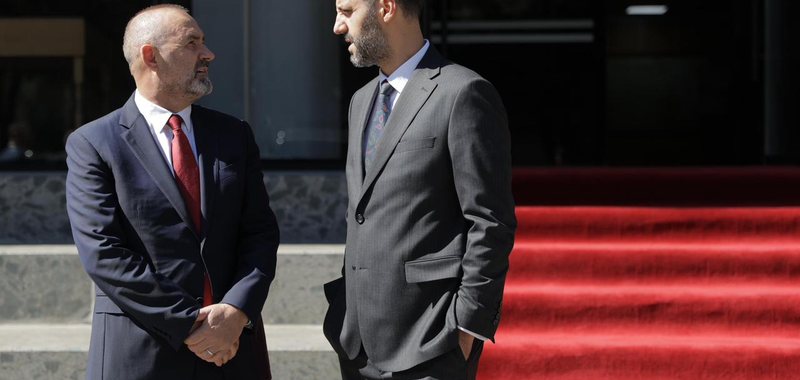
Minister of Justice, Besfort Lamallari, is introduced/ Rama: The use of AI is important. Lamallari: We will advance the reforms
As the new government has taken office, Prime Minister Edi Rama continues to introduce the new ministers. The next one to be introduced is the Minister of......
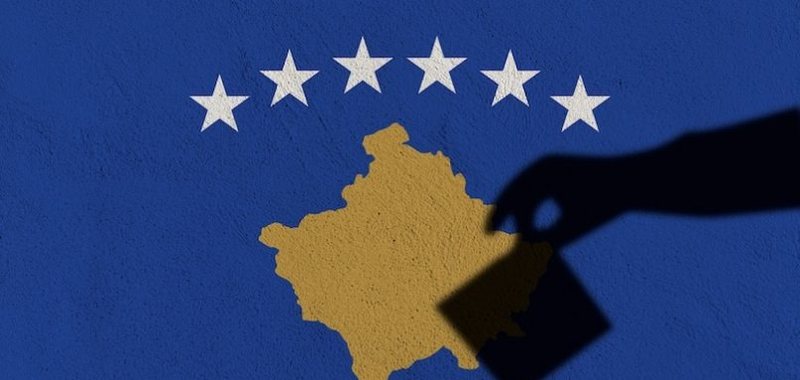
Kosovo, new sanctions against Russia and Belarus/ The acting government approves packages 15, 16, 17 and 18
Kosovo has taken punitive measures against Russia, due to its war against Ukraine. The acting government, at its last meeting, tightened sanctions against......
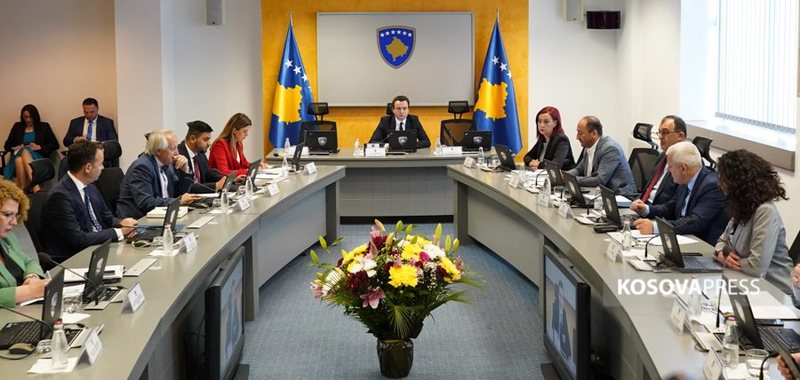
904 thousand euros for energy, 15 important projects/ Acting Ministers, Murati and Durmishi: They affect key sectors in Kosovo
The acting Government of the Republic of Kosovo has approved 904 thousand euros from the Energy Crisis Response Package, after previously accepting it......
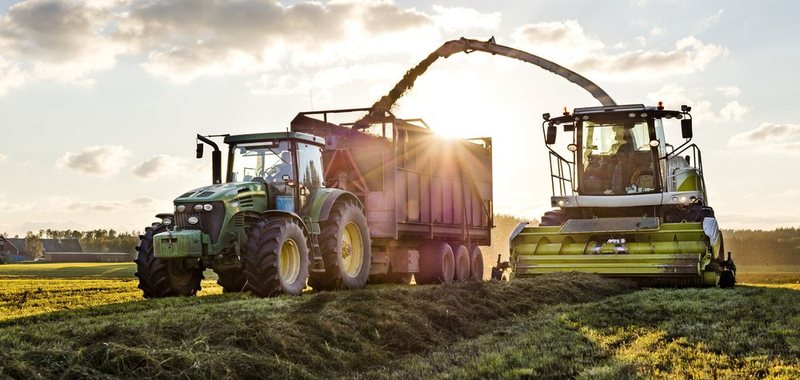
What is "contract farming"?/ The model is changing in Albania, cooperatives are being strengthened
The agricultural sector is expected to undergo a transformation of the model of how it functions in Albania, with the aim of strengthening and increasing......
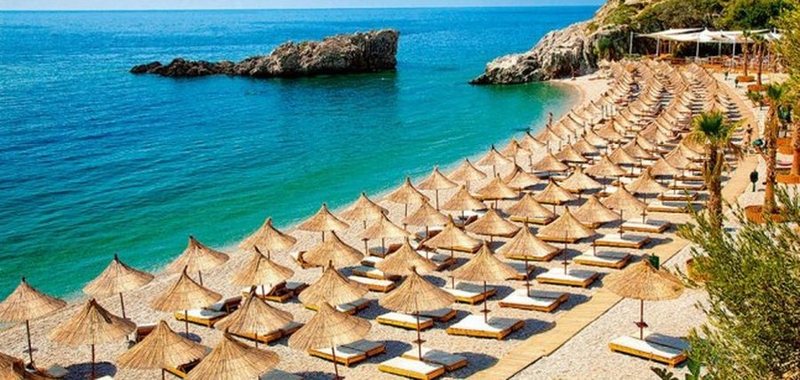
TTW: Albania, the new "pearl" of the Mediterranean/ Albanian heritage and nature, a "magnet" for tourists
Albania is taking concrete steps towards an ambitious vision for tourism development, with the aim of turning the country into one of the most attractive......

Women entrepreneurs, 9.8 billion lek loans in 2024 / AAB: Contribution to economic development. Bank support also increases
Commercial banks are offering more support to girls and women running small and medium-sized businesses. The latest data from the Albanian Association......
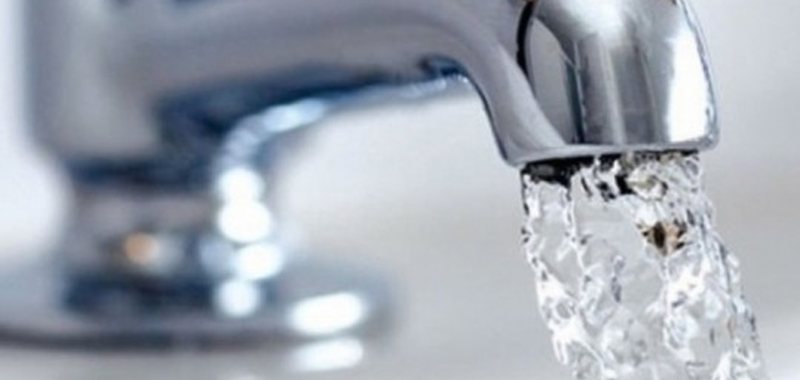
Plans for 24-hour water supply/ By 2029, 100% of urban areas and 80% of villages
24-hour supply of drinking water in 100% of urban areas and over 80% of rural areas, by 2030”. This is one of the objectives set in the government program......







